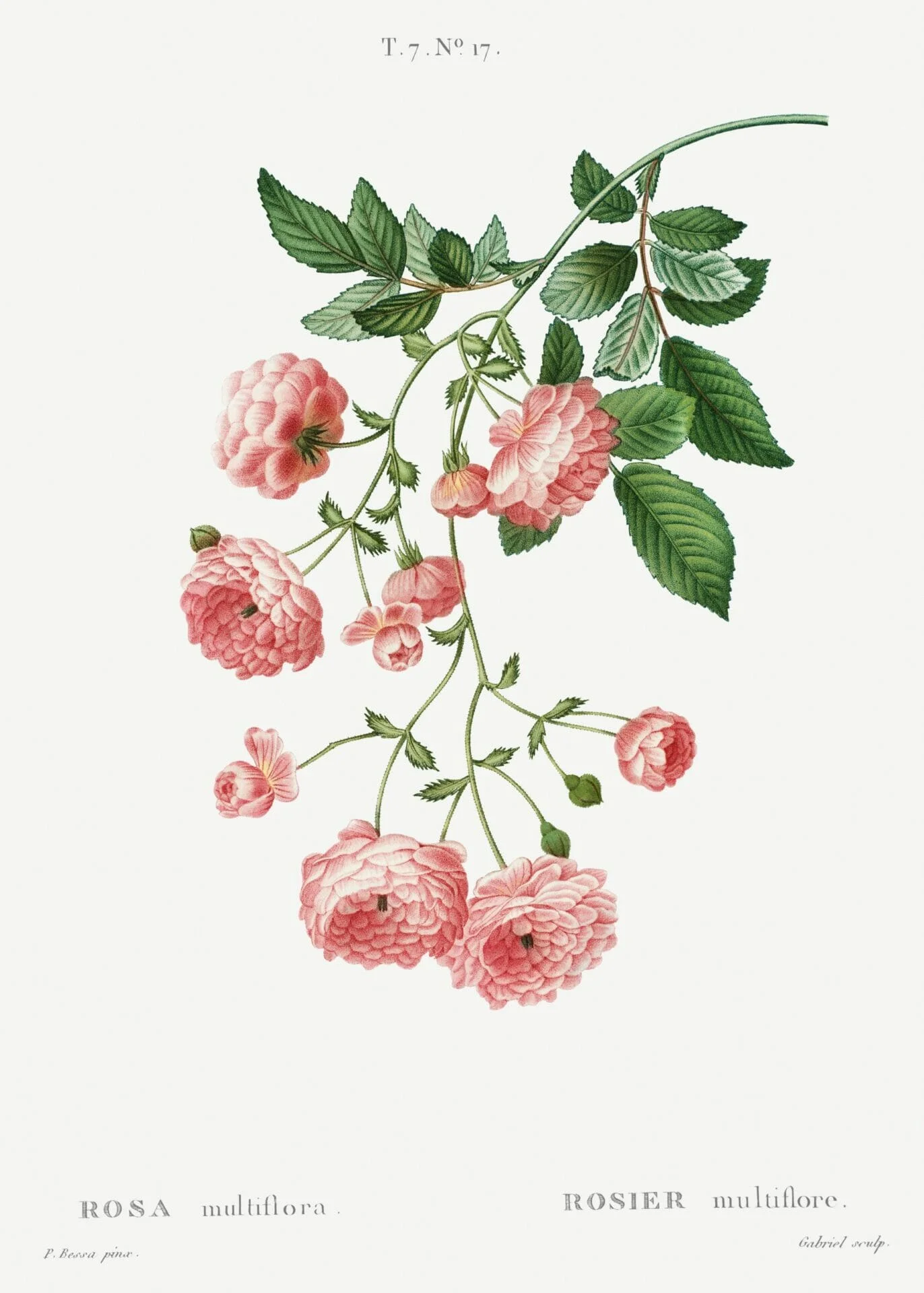
Harry Potter and the Deathly Hallows | Until the very end
Author
Format
Length
Two years after the sixth chapter, on 14th July 2007, Bloomsbury, Scholastic and Raincoast Books released Harry Potter and the Deathly Hallows simultaneously in the USA, UK and Canada, as the last chapter of the famous fantasy saga by J K. Rowling. After waiting impatiently outside bookshops, her most devoted readers already knew within the first few pages that that book would mark something more than the ending of a story, something personal and heartwarming. And it is to them that the writer addresses at the end of the dedication.
…And to you, if you have stuck with Harry until the very end.
Beating previous titles, it still holds the Guinness World Record for most novels sold within 24 hours of release. It won several awards and in 2008 the American Library Association named it among the Best Books for Young Adults.
Not students anymore
After Dumbledore’s death, Voldemort rules the wizarding world. Moreover, Harry is about to turn seventeen and lose his mother’s protection. So, the Order of Phoenix finds a safe place for the Dursleys and organizes his relocation. To keep him safe and to confuse Death Eaters while flying to the Burrow, some friends drink the Polyjuice Potion. During the flight, Moody is killed and George Weasley is wounded. Harry, Ron and Hermione abandon their studies to hunt down the remaining Horcruxes. Before they leave, they receive some objects Dumbledore had left them: the Golden Snitch, a Deluminator, and The Tales of Beedle the Bard. They should have Gryffindor’s Sword, too, but the Ministry prevents them from taking it.
The first attempts to destroy a Horcrux reveal uselessness, and the many adversities endanger their friendship. After a quarrel, Ron leaves to come back only after a long time; following his return, they discover Gryffindor’s Sword can break Horcruxes. But the locket they destroy is only the first dark object, and finding the others becomes harder and harder. To pursue their research, the three come back to Hogwarts, to find a school ruled by evil wizards. Dumbledore’s Army, led by Neville, leads the resistance, though, and helps them in. After Voldemort discovers Harry is there, Hogwarts becomes the stage for the last, most epic battle between good and evil, for which both formations call all their followers to arms.
The fight for freedom requires many lives, among which are Fred Weasley’s and Severus Snape’s. At death’s door, he unveils his true nature to Harry, giving him a tear containing his memories about Lily. Discovering how deeply he was bonded to Voldemort, Harry ends the battle by going to the Dark Lord. And once again, the love he received from his mother changes the clash’s fate.
Books inside books
Harry Potter and the Deathly Hallows bonds wizards’ and muggles’ worlds even tighter than in other books of the saga. It is the first time Harry and his friends spend plenty of time in the muggles’ world, searching for Horcruxes, and similarities became clearer. As Ron points out, every child in the wizarding world knows The Tales of Beedle the Bard. But Hermione has never read them, as she grew up with Cinderella, Snow White and probably Grimm’s fairytales. Yet, the structure and function of those tales are nearly the same. They are short stories, rich in allegories and metaphors, aiming to infuse moral value through fictional characters and adventures.
Of course it is happening inside your head, Harry, but why on earth should that mean that it is not real?
Another renowned book finds wide space in the novel: the Bible. Since the beginning of the saga, there are many similarities between some magicians and witches and Christians, even though they are never clearly declared. Religion, which bonds different cultures and countries in the muggles’ world, creates a link even with the wizarding world. While wandering and hiding, Harry visits both his parents’ tomb and Kendra Dumbledore‘s one (Albus’s mother); and both show quotations from the Bible. Like old fairytales, this ancient book is still able to teach the sacred nature of love and higher good.
Do not pity the dead, Harry. Pity the living, and, above all those who live without love.
Loving and dying for something greater
Right from the Bible comes a deep feeling that plays a great role in the saga since the beginning: pure love. The kind of love that pushed Lily to sacrifice her own life to save her son, so as in the Holy Scriptures, Mary offers herself to the child of God. Pure love can also be unrequited, as happened to Snape when he fell in love with Lily. For her, Snape renounced almost anything he believed in, even after her death. For Lily, he accepted to protect Harry and keep him safe.
And it is for his friends and the whole magic community that Harry sacrifices his life. When he discovers he has to die to kill Voldemort, he has no doubt and faces his destiny. His feat recalls the basis of Christianity and Jesus offering his life to save humanity. Before Harry Potter, another fantasy saga tried to reread the evangelical message. In The Chronicles of Narnia by C S. Lewis, the lion Aslan, creator of the fantastic world, renounces his life to save the world and its inhabitants. Those deaths are all a free choice for a superior good: and for this reason, they are not final. A sacrifice for something greater than a single life deserves resurrection, in fantasy as in religious worlds.
The last chapter of J.K. Rowling’s saga ends with a promise to return. Harry comes back to life, new students return to Hogwarts; and readers always find in the wizarding world a refuge.
After all this time? Always
In the epilogue, Harry, Ginny, Ron and Hermione take their own children to the Hogwarts Express. A new generation of young wizards starts its adventure. Harry’s child, Albus Severus, expresses fear about becoming a Slytherin, but his father reassures him. The Sorting Hat will consider his will; and even though he was a Slytherin, that doesn’t mean he won’t be a brave wizard. More than closing the circle, the epilogue creates a link to the real world: Harry’s adventures came to an end, but Wizarding World still lives for others. The conclusion shows to be a foreshadowing of a new generation of readers that will discover Hogwarts.
The novel was followed by his movie adaptation. Having to deal with a much more complex plot, David Yates decided to divide the seventh installment into two movies. Harry Potter and the Deathly Hallows: Part 1 was released in 2010, while Part 2 was screened in 2011. The young wizard’s fame continued even after the end of the saga, giving life to collateral stories. Shortly after the last chapter, in 2008, Rowling realesed The Tales of Beedle the Bard, while Harry Potter and the Cursed Child, a theatre play sequel with Albus Severus as the protagonist, premiered in 2018.
Back in 2001, Rowling released under a pen name the fictional books Quidditch Through the Ages and Fantastic Beasts and Where to Find Them. This last inspired the spin-off movie saga Fantastic Beasts, directed by Yates. The first movie was screened in 2016, followed by The Crimes of Grindelwald in 2018, and The Secrets of Dumbledore in 2022.
During the last years, Rowling herself faced some media controversy, and sometimes Harry Potter’s cast didn’t support her, too. Despite that, Wizarding World didn’t lose its charm: every year, countless fans visit Harry Potter Studios in London, Universal Studios in Orlando, and theme parks. Not to mention those who live the magic through video games. Time passes, but readers of any age still arrive and come back to Hogwarts; a special shelter for adventurous dreams.
Tag
Buy a ☕ for Hypercritic







